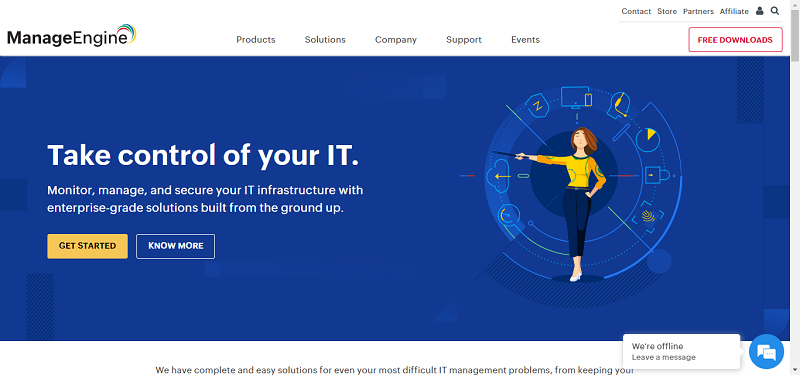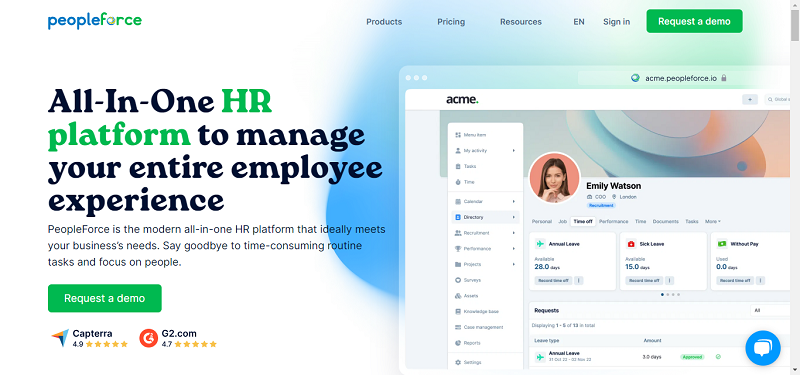Access governance is a growing market in many different industries across the United States and beyond. Companies are investing money in access governance solutions to efficiently improve processes and ensure security of their networks, without a great deal of effort. As the cloud has become more of a standard in every organization, how does access governance apply to the cloud? Let us first look at exactly what it is.
First, it’s important to fully understand exactly what access governance is and how it can help organizations of all sizes in every industry. Access governance ensures that each employee within the organization has the correct access rights to the exact resources that they need. This is important for many reasons, including for employees to efficiently perform their jobs and to keep the company’s network secure. While access management allows an organization to easily manage accounts and access, access governance puts a method in place to ensure and monitor access is correct for security reasons.
How is a typical access governance solution set up to work? The company first needs to set up a model of exactly the access rights for each role in the organization. For example, someone working as a manager in the IT department will need certain access rights to systems, applications and resources. This allows the person who is creating the account to easily do so without accidentally making any access mistakes; either giving the employee too many rights or too little rights.
Since access governance helps to ensure correct access rights according to a model, there needs to be methods in place to also ensure that there are no mistakes in the model. For example, in a large organization there are many different types of positions and responsibilities, many of which might overlap. It needs to be ensured that someone does not have the permission to both initiate some type of request and then also accept it. Separation of duties ensures that there is no conflict between usage and assignment of access rights.
Reconciliation is another way to ensure absolutely correct access rights. This module compares how access rights are set up to be in the model to how they actually are and creates a report on any differences. Anything that is not accurate can then be easily corrected.
Attestation is still another form of checking access and goes one step further to verify everything is correct. A report will be sent out to managers of a department of set of employees for them to verify that everything is correct. For example, the marketing manager will receive a report on the access rights of everyone in the marketing department. He or she will need to look over and either mark access right for deletion, change access right directly, or create a ticket in the helpdesk system to change the access right. After looking everything over the manager must give their final approval for the proposed set of changes to ensure that everything is correct.
Why is access governance important though for all applications throughout the company? As the amount of employees who are working remotely increases so does the users of cloud applications. In turn, there needs to be ways of ensuring security for these types of applications and for employees who are not working in the physical office.
When the employee is first hired at the company, it is not uncommon for them to accidentally receive too many rights, or acquire them over time from working on projects and never have them revoked. Access rights are frequently overlooked, especially for cloud applications. Access governance ensures that access rights are correct across the entire organization, from in house applications and cloud applications to even physical resources, such as cell phones.
This allows all access to be monitored across the entire organization. Here is what a typical situation would look like in an organization with varying different applications. A new employee is hired in the finance department as a senior accountant and needs accounts and resources created so he can begin work. Based on the model, which the company set up, the employee will automatically receive a Coupa cloud account, Quickbooks, access to the finance share drive and an email address.
Then the organization has it set up so that once a quarter the finance manager receives a report of all of the employees in the department and the access that they have, including now the new senior accountant. A few months later the manager sees that the senior accountant has access to an application for which he was using for a project that is now completed. The manager can easily tag the access to be revoked and ensure that it is done right away.
Since today’s organizations have many different types of applications, several types of employee working situations whether it be traveling, in office or remote, varying types of resources both tangible and intangible, etc., it is important that an access governance solution works with all of these situations. Organizations are willing to invest because access governance solutions ensure security, while overall also allowing employees the opportunity to remain productive, and, in the long run, save the company money.
By Dean Wiech





